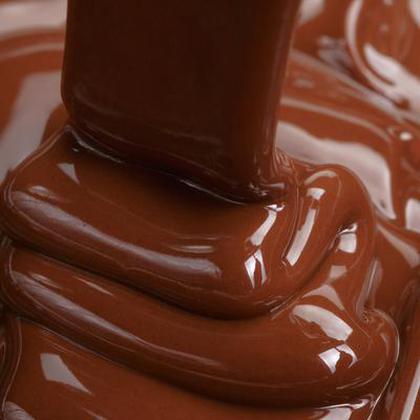Showing results for 'Chocolate'
close
Chocolate

Chocolate is usually sweet and brown in color. It is made from cacao seeds and can be made in a liquid, pasty, ane especially block form. Other flavors can be added to give chocolate distinct tastes.
Chocolate Pairs With:
Food Item
Flavor Affinity Level

Did you know there are 200 food flavor pairings in my database for Chocolate available. What you are seeing above is a random list of 30 items which pair with Chocolate.
For the entire list, beautifully formatted, enter your email address and click the download button below, then I'll email it to you as a PDF.
Chocolate Properties:
| Food Property | Type | Description |
|---|---|---|
| Flavor Profile | Sweet | Chocolate has a rich, sweet flavor due to the presence of sugar and cocoa. |
| Bitter | Chocolate can have a bitter undertone due to the cocoa content, especially in dark chocolate varieties. | |
| Texture | Creaminess | Chocolate is known for its creamy texture when melted or in candy bar form. |
| Nutritional Value | Macronutrients | Chocolate is rich in fats, carbohydrates, and a moderate amount of protein. |
| Micronutrients | Chocolate contains micronutrients such as iron, magnesium, and zinc in small amounts. | |
| Fiber | Chocolate may contain some dietary fiber, especially in dark chocolate varieties. | |
| Color | Natural Pigments | Chocolate has a rich brown color from the natural pigments in cocoa beans. |
| Aroma | Volatile Compounds | Chocolate has a complex aroma profile with volatile compounds contributing to its distinctive smell. |
| Chemical Composition | Acidity/Alkalinity (pH) | Chocolate typically has a slightly acidic pH level. |
| Cooking Behavior | Heat Conductivity | Chocolate has good heat conductivity, making it melt easily when exposed to heat. |
| Water Retention | Chocolate tends to hold its shape well when melted and then cooled. | |
| Oil Absorption | Chocolate can absorb some oil when melted, affecting its texture and mouthfeel. |
Food Pairing App - Version 1.2.0
